Children’s Eye Exams
Children can experience a variety of eye problems that differ from those in adults. These problems often require special attention, as a child's eyes and general vision are still developing until age 9. To ensure that children have good vision as they get older, it's crucial to catch and treat potential eye problems early. When children receive prompt, effective eye care, it can make the difference between a lifetime of sight and a debilitating and isolating disability.
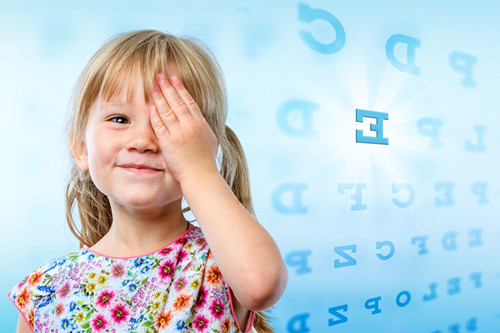
Photo: www.hellorf.com/ No. PIC10698
How to Spot Eye Problems?
Signs that a child may have vision problems include:
-constant eye rubbing
-extreme light sensitivity
-poor focusing
-poor visual tracking (following an object)
-abnormal alignment or movement of the eyes (after 6 months of age)
-chronic redness of the eyes
-chronic tearing of the eyes
-a white pupil instead of black
In school-age children, other signs to watch for include:
-being unable to see objects at a distance
-having trouble reading the blackboard
-squinting
-difficulty reading
-sitting too close to the TV
Watch your child for signs of poor vision or crossed eyes. If you notice any eye problems, have your child examined right away so that the problem doesn't become permanent. If caught early, eye conditions often can be corrected.
Common Eye Problems you should know
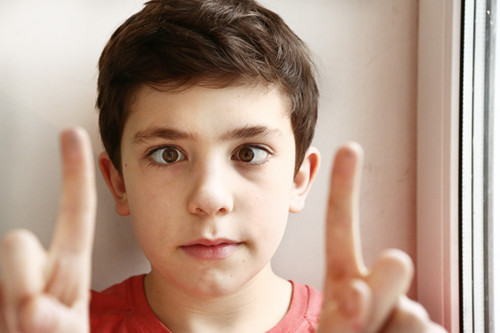
Photo: www.hellorf.com/ No. PIC10129
Several eye conditions can affect kids. Most are detected by a vision screening using an acuity chart during the preschool years.
Amblyopia (lazy eye) is poor vision in an eye that may appear to be normal. Two common causes are crossed eyes and a difference in the refractive error between the two eyes. If untreated, amblyopia can cause irreversible visual loss in the affected eye. (By then, the brain's "programming" will ignore signals from that eye.) Amblyopia is best treated as early as possible, ideally before a child is 8 years old.
Strabismus is a misalignment of the eyes; they may turn in, out, up, or down. If the same eye is chronically misaligned, amblyopia may also develop in that eye. With early detection, vision can be restored by patching the properly aligned eye, which forces the misaligned one to work. Surgery or specially designed glasses also may help the eyes to align.
Refractive errors mean that the shape of the eye doesn't refract (bend) light properly, so images appear blurred. Refractive errors also can cause amblyopia. Nearsightedness is the most common refractive error in school-age children; others include farsightedness and astigmatism:
-Nearsightedness is poor distance vision (also called myopia), which is usually treated with glasses or contacts.
-Farsightedness (also called hyperopia), which is usually treated with glasses or contacts.
-Astigmatism is imperfect curvature of the front surface of the eye, which is usually treated with glasses if it causes blurred vision or discomfort.
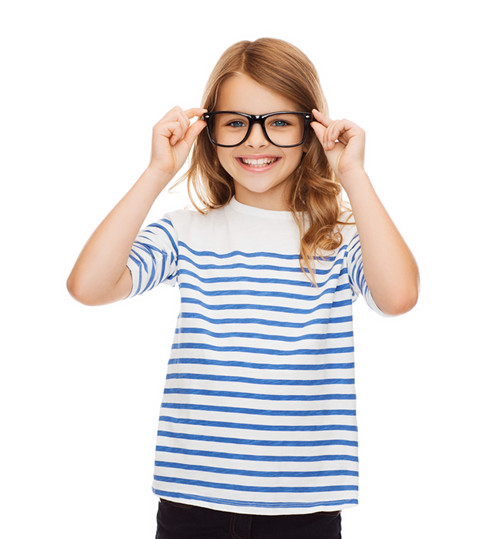
Photo: www.hellorf.com/ No. PIC10052
Other eye conditions need immediate attention, such as retinopathy of prematurity (a disease that affects the eyes of premature babies) and those associated with a family history, including:
-Retinoblastoma is a malignant tumor that usually appears in the first 3 years of life. The affected eye or eyes may have visual loss and whiteness in the pupil.
-Infantile cataracts can occur in newborns. A cataract is a clouding of the eye's lens.
-Congenital glaucoma in infants is a rare condition that may be inherited. It is the result of high pressure in the eye from incorrect or incomplete development of the eye drainage canals before birth and can be treated with medication and surgery.
-Genetic or metabolic diseases of the eye, such as inherited disorders that make a child more likely to develop retinoblastoma or cataracts, may require kids to have eye exams at an early age and regular screenings.
Be sure to talk to your doctor if your child is at risk for any of these conditions.
Why children’s eye exams are important?
Eye exams for children are very important to insure your child's eyes are healthy and have no vision problems that could interfere with school performance and potentially affect your child's safety.
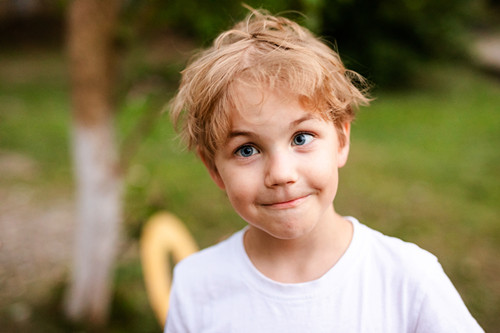
Photo: www.hellorf.com/ No. PIC10331
Early eye exams also are important because children need the following visual skills that are essential for optimal learning:
-Excellent visual acuity at all distances
-Accurate and comfortable eye teaming skills
-Accurate eye movement skills
-Accurate and comfortable focusing skills
When to have your child's eyes examined?
- Children should have their first comprehensive eye exam at 6 months of age.
- They should have their eyes examined exams at age 3 and just before they enter the first grade (at about age 5 or 6)
- School-aged children should have an eye exam at least every two years if no vision correction is required. Children who need eyeglasses or contact lenses should be examined annually or as recommended by your eye doctor.
Scheduling your child's eye exam
When scheduling an eye exam for your child, choose a time when he or she usually is alert and happy.
Specifics of how eye exams are conducted depend on your child's age, but generally an exam will include a case history, vision testing, determination of whether eyeglasses are needed, testing of eye alignment, an eye health evaluation and, if needed, prescription of eyewear.
Ophthalmology Service at Renai:
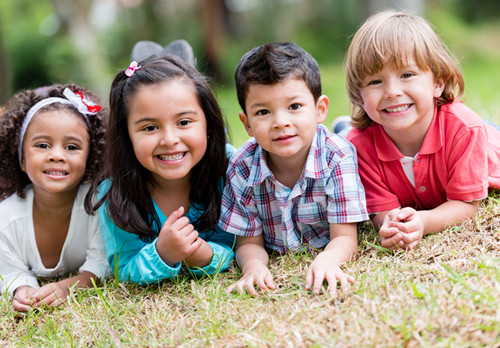
Photo: www.hellorf.com/ No. PIC10331
Special visual acuity examination: 60CNY
Optometry: 100CNY
Keratometry: 100CNY
Intraocular pressure examination: 80CNY
Fundus examination under slit lamp: 100CNY
Strabismus measurement: 100CNY
Axial measurement: 130CNY
Original Price: 670CNY

 (8621)54893781,64688888-801/810
(8621)54893781,64688888-801/810  info@renai.cn
info@renai.cn Chinese
Chinese




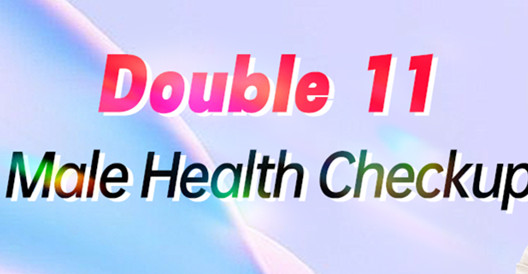



 沪公网安备 31010402006742号
沪公网安备 31010402006742号